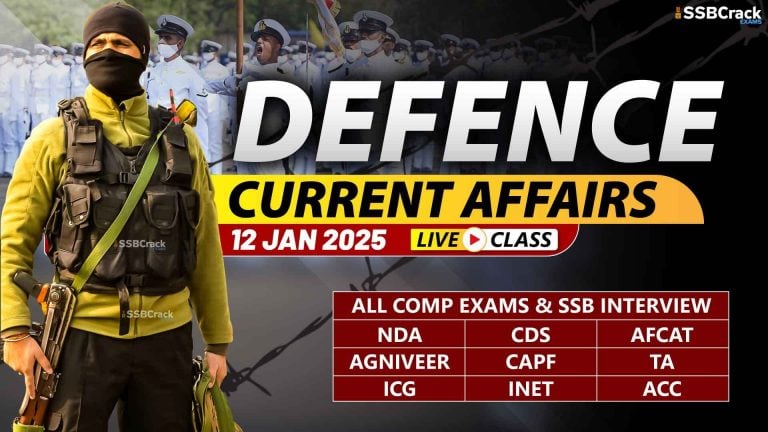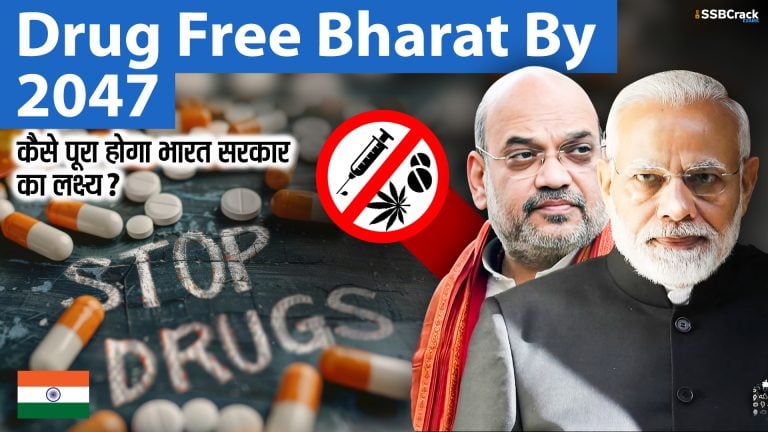The Indian Navy will soon come out with new ranks for its personnel below officer ranks. The exercise is ostensibly being carried out to replace ranks with the word ‘petty’ in them, like Chief Petty Officer, and introduce gender-neutral ranks by doing away with terms like Seaman.
Seven ranks in the navy’s personnel below officer rank (PBOR) cadre will be redesignated, including three existing titles that are not gender-neutral in a service that began inducting women as sailors for the first time earlier this year, one of the officials said, requesting anonymity. The entry of women into the navy’s PBOR cadre this year under the Agnipath recruitment scheme necessitated the switch to gender-neutral ranks, the officials said.
The first batch of Agniveers, including around 270 women, graduated from INS Chilka, the navy’s lakeside training facility in Odisha, and joined service in March.
The ranks of the officers in the Indian Navy, and also to a large extent in the Army and the IAF, owe their nomenclature to Arab, Latin, French, Spanish, Dutch and British origins. If the Navy’s efforts are to “indigenize” the ranks, it will have to do the exercise top-down from Admiral to Lieutenant.
Admiral
This rank originates from the Arab phrase “Amir-al-Bahr”, or the commander of the seas. According to Naval researchers, western sailors may have encountered this word during the Crusades and adopted it with variation in pronunciation. Its evolution is said to have begun with Sicilian sailors who changed it to “Amiral”, followed by Dutch to “Admyrall” in the 14th century. Finally, the English changed it to Admiral in the 16th century.
Commodore
This rank is believed to have been created by the Dutch. Naval researchers believe that faced with a surfeit of Admirals; the Dutch wanted a rank which would take care of a squadron of ships within the fleets commanded by Admirals. The word originates from the Dutch word “commandeur”, which is supposed to be borrowed from the old French “commandeor” or the Spanish “commendador”.
Captain
According to US Navy researchers, the word Captain is derived from the Latin word for head. The Latin word for head of a military unit was “capitaneus”, while in French, it was called “capitain”, which in turn became “capitane” in Middle English.
Commander
This rank comes from the Latin word “commandare”, which means “to give in to one’s hand” or “to give in to one’s charge”. This rank evolved from other terms used to denote an officer junior to Captain, including Sub-captain and Under-captain.
Lieutenant
Lieutenant comes from the French words, “lieu” and “tenant”. It means, in its literal sense, one who holds the place for another. Thus, a Lieutenant is supposed to take charge when a senior officer is not present. The rank is believed to have been established in the British Navy in the 16th century.
Petty Officer
The term Petty is derived from the French word “petite” meaning small. This remained an informal word in the British Navy till the early 19th century when it was adopted as a full rank for personnel who assisted the Captain in running the ship. Various other grades were introduced to give inter-alias seniority to petty officers; hence, the other ranks of Chief Petty Officer and Master Chief Petty Officer evolved.





















